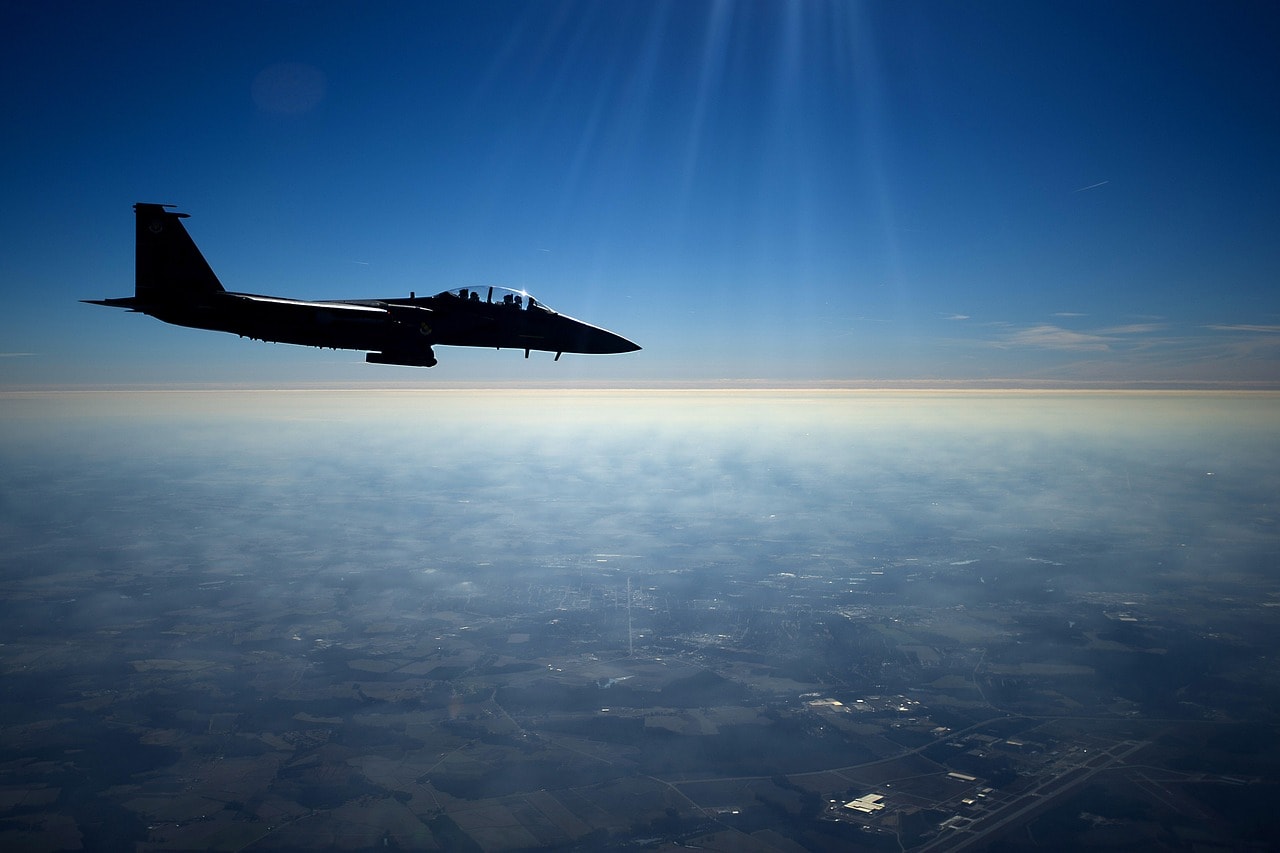The US military launched retaliatory air strikes against Iranian forces and Tehran-backed militia groups in Iraq and Syria on Friday, killing at least 18 fighters, following a deadly drone attack on an American base in Jordan.
The United States blamed the Sunday drone attack on Iran-backed forces but did not strike the country’s territory in response, with Washington seeking to deter future attacks while stopping short of all-out war with Tehran — something both sides have sought to avoid.
“Our response began today. It will continue at times and places of our choosing,” US President Joe Biden said in a statement.
“The United States does not seek conflict in the Middle East or anywhere else in the world. But let all those who might seek to do us harm know this: If you harm an American, we will respond,” he added.
Today, at my direction, U.S. military forces struck targets in Iraq and Syria that the IRGC and affiliated militia use to attack U.S. forces.
We do not seek conflict in the Middle East or anywhere else in the world.
But to all those who seek to do us harm: We will respond.
— President Biden (@POTUS) February 2, 2024
The strikes targeted the Islamic Revolutionary Guard Corps Quds Force as well as “affiliated militia groups,” with American forces hitting “more than 85 targets, with numerous aircraft to include long-range bombers flown from United States,” the US Central Command (CENTCOM) said in a statement.
“The airstrikes employed more than 125 precision munitions,” CENTCOM said, adding that the targets included command and control and intelligence centers as well as rocket, missile and drone storage facilities belonging to militia groups and Iranian forces “who facilitated attacks against US and coalition forces.”
CENTCOM Statement on U.S. Strikes in Iraq and Syria
At 4:00 p.m. (EST) Feb. 02, U.S. Central Command (CENTCOM) forces conducted airstrikes in Iraq and Syria against Iran’s Islamic Revolutionary Guards Corps (IRGC) Quds Force and affiliated militia groups. U.S. military forces… pic.twitter.com/HeLMFDx9zY
— U.S. Central Command (@CENTCOM) February 2, 2024
The strikes killed at least 18 pro-Iran fighters, according to the Syrian Observatory for Human Rights war monitor.
National Security Council spokesperson John Kirby told journalists that the strikes lasted about 30 minutes, though they involved a lengthy trip for the B-1 bombers that took part after flying from the United States.
He said the Defense Department is still assessing damage from the strikes — which hit dozens of targets at seven separate facilities — but that the United States believes the raids were successful, and made clear that more would follow.
Syrian Observatory for Human Rights chief Rami Abdel Rahman said that at least 26 major sites housing pro-Iranian groups were destroyed in Syria, including weapons depots.
A weapons warehouse and a command center belonging to pro-Iranian groups were also targeted in western Iraq, along the Syrian border, two Iraq security sources told AFP, resulting in at least “some injuries.”
The strikes represent a “significant escalation,” according to Allison McManus, managing director for national security and international policy at the Center for American Progress.
But she was skeptical about the impact, adding: “We have not seen that similar tit-for-tat strikes have had a deterrent effect.”
Iraq, whose prime minister called for the departure of international troops after a previous US strike in Baghdad, condemned the latest military action as a violation of its sovereignty.
Kirby said Washington “did inform the Iraqi government prior to the strikes,” but did not elaborate on Baghdad’s private response to that information.
Biden — who had vowed to strike back against those responsible for the drone attack in Jordan — earlier Friday attended a solemn military ritual at a Delaware air base for the return of the three dead soldiers.
The secretary of defense, Lloyd Austin, and the chairman of the Joint Chiefs of Staff, General CQ Brown, also attended what is known as a “dignified transfer” — their presence highlighting the importance, as well as relative rarity, of returning dead service members in the wake of the US exit from Afghanistan in 2021.
The three soldiers killed Sunday were the first US military deaths from hostile fire in the Middle East since the October 7 Hamas surprise attack on Israel that sparked a devastating Israeli assault on Gaza, which has stoked tensions and violence in the region and dragged it ever closer to an all-out conflict.
US and coalition troops have been attacked more than 165 times in Iraq, Syria and Jordan since mid-October with weapons including drones, rockets and short-range ballistic missiles.
Dozens of American personnel were wounded in previous attacks, many of which have been claimed by a loose alliance of Iran-linked armed groups that opposes US support for Israel in the Gaza conflict and wants American troops out of the region.
Yemen’s Iran-backed Huthi rebels meanwhile began targeting international shipping in November, sparking US and British air strikes aimed at reducing their ability to hit commercial vessels.
Two SEALS — among the most elite special forces in the US military — were declared dead after being lost at sea during an operation to seize Iranian weapons bound for the Huthis on a ship off the coast of Somalia.
(Except for the headline, this story has not been edited by NDTV staff and is published from a syndicated feed.)
![]()
